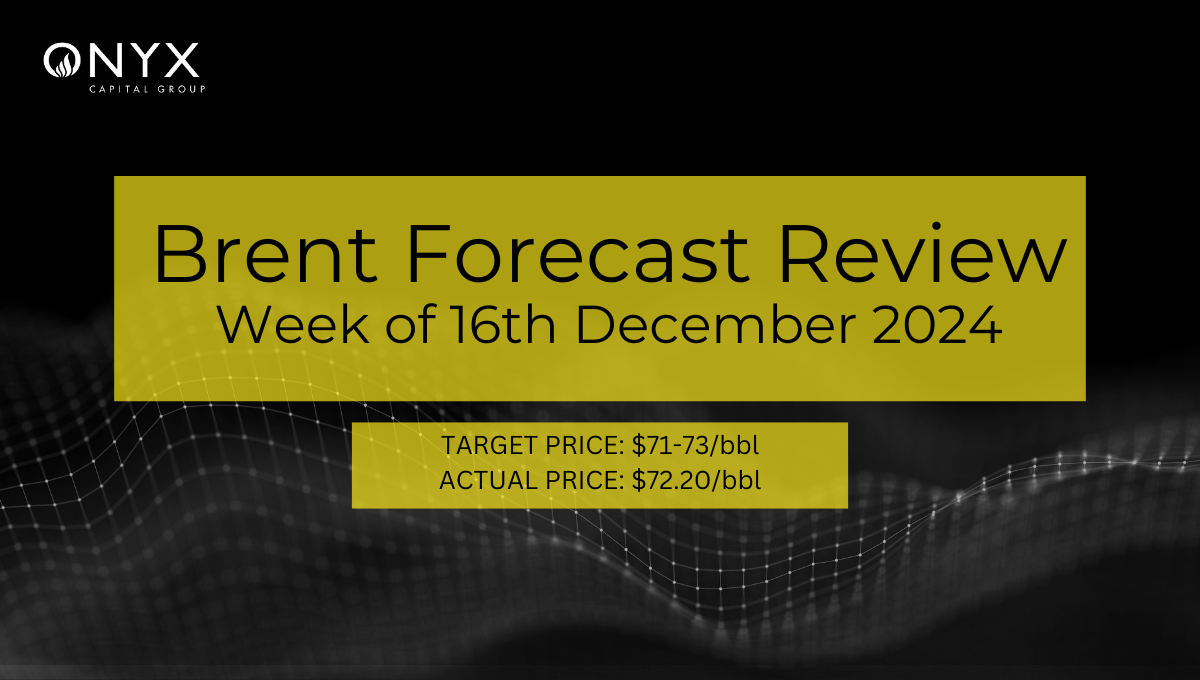Swing Low, Sweet Crude
Brent crude futures suffered a major sell-off amidst mounting recession fears in the US, as the front-month October contract fell to the $75/bbl level on 5 August (at time of writing). The catalyst was Friday’s nonfarm payroll data which indicated an increase of only 114k jobs in July, vastly lower than market expectations of 179k. This comes on top of a rise in the unemployment rate from 4.1% to 4.3% and weak manufacturing data. The oil market has been gripped by economic turbulence, which has outweighed Middle Eastern geopolitical risk – even as tensions escalate between Israel and the Axis of Resistance, namely Iran and Hezbollah. This week, we anticipate Brent crude futures to recoup some of its losses and retrace higher to the $76-78/bbl level.
We hold this view because of the following factors:
- CTA Short Positioning Becoming Overcrowded
- Technical Support Levels in Crude Futures
- Continuation of Existing OPEC+ Cuts
CTA positioning is becoming increasingly overcrowded to the sell side, indicating that the current bearish trend is reaching an inflection point. Onyx’s CTA positioning model shows that net positioning in Brent has fallen to -32k lots, the lowest level since 6 June. Before this, CTA net positioning in Brent had fallen below -30k lots in five instances over the past two years, with the lowest level reached at -39k lots in December 2023. CTAs are now close to the historical maximum short positioning, suggesting that further downside pressure to prices may be reduced due to this category of participants reaching their risk limits.
Crude oil futures may find near-term support from a technical perspective, with the recent trend indicating an oversold market. Price action fell below the lower Bollinger band on 2 August, while the RSI fell below 30, signaling oversold territory. So far in 2024, swing lows in front-month Brent have been at the $75-76/bbl level, followed by a higher retracement. Price action has now fallen below the lows reached in June post-OPEC meeting at $76.76/bbl. While there is strong support around $70, it is more likely that prices claw back to the post-meeting levels and build from there.
Following the 1 August Meeting of the Joint Ministerial Monitoring Committee (JMMC), OPEC+ will maintain its current policy in terms of voluntary supply cuts. The market is in an exceptionally bearish trend, so we expect the producer group to delay the phase-out of the voluntary cuts in Q4. Moreover, Iraq, Russia, and Kazakhstan have pledged to compensate for their overproduction, and this could tighten oil balances and lead to stock depletion going into year-end.
Overall, we think recession fears have been priced in, leading to an oversold market fuelled by stop-outs of length and CTA selling. With a Fed rate cut considered a done deal in September, persistent geopolitical risk and tighter oil balances alongside overcrowding in short positions may drive an upwards price retracement in the short term.


